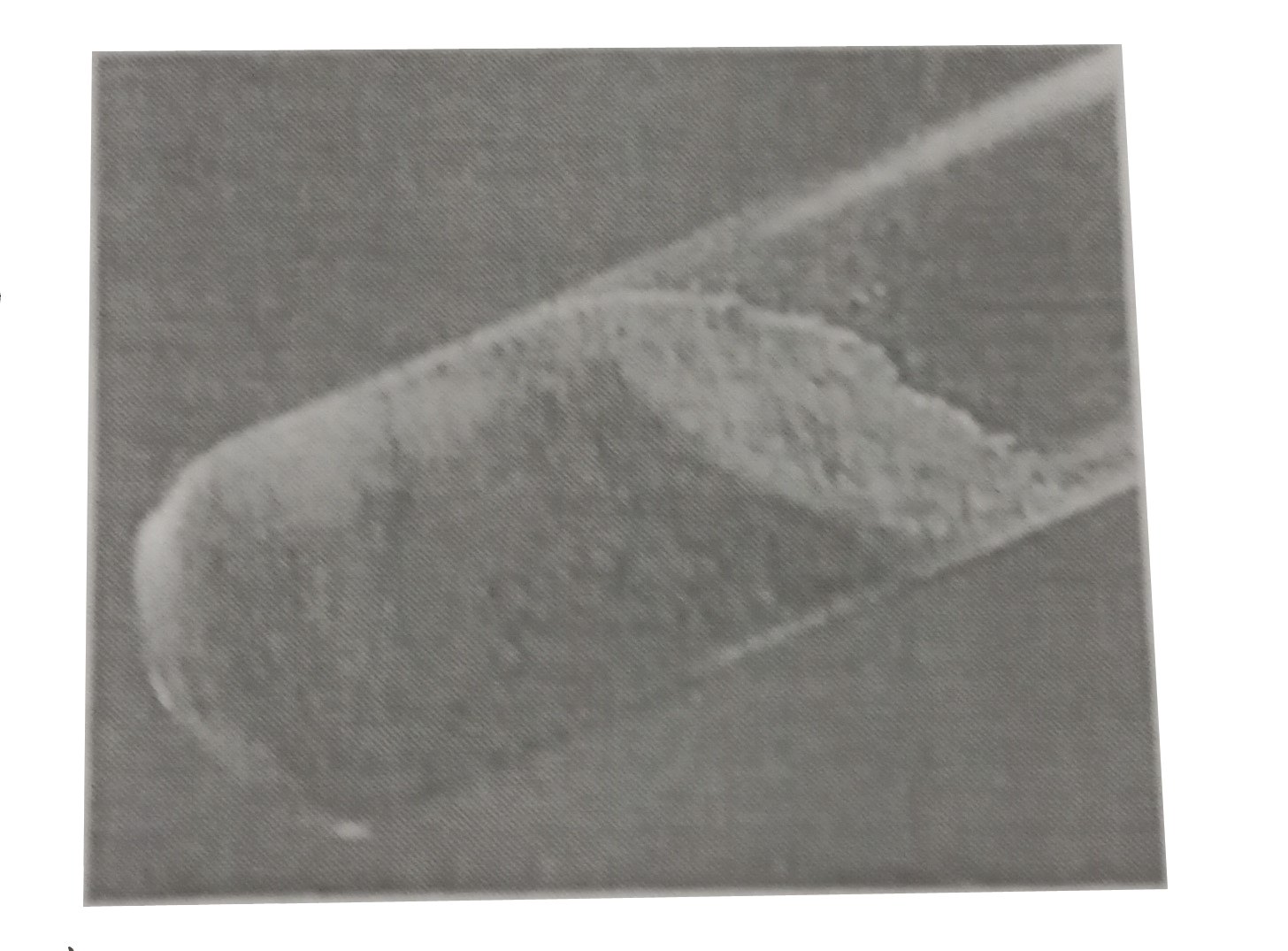(i) Write the electron-dot structures for sodium, oxygen and magnesium.
(ii) Show the formation of Na2O and MgO by the transfer of electrons.
(iii) What are the ions present in these compounds?

(i) Sodim atom has 1 electorn in its outermost shell, so the electron dot structure of sodium is Na (1 dot on the symbol Na). Oxygen atom has 6 electrons in the outermost shell, so the electron-dot structure of oxygen is ..O:.. (6 dots on the symbol O).
(ii). The formation of sodium oxide (Na2O) can be explained as follows: A sodium atom has 1 outermost electron to donate but an oxygen atom requires 2 electrons to achieve the 8-electrons structure. So, two sodim atoms will combine with one oxygen atom to form sodium oxide compound.
In the formation of sodium oxide, two sodium atoms transfer their 2 outermost electrons to an oxygen atom. by losing 2 electrons the two sodium atoms form two sodium ions (2Na+). And by gaining 2 electrons,
the oxygen atom forms an oxide ion (O2−).
The oppositely charged sodium ions and oxide ion are held together by stong electrostatic forces of attraction to form the ionic sodium oxide compound 2Na+O2− or Na2O.
(iii). The ions present in sodium oxide compound (Na2O) are: sodium ions (2Na+) and oxide ion (O−).
Topper's Solved these Questions
- METALS AND NON-METALSBOOK - LAKHMIR SINGH & MANJIT KAURCHAPTER - METALS AND NON-METALSEXERCISE - Solved Problem
1 Videos
- METALS AND NON-METALSBOOK - LAKHMIR SINGH & MANJIT KAURCHAPTER - METALS AND NON-METALSEXERCISE - Exercise
305 Videos
- CHEMICAL REACTIONS AND EQUATIONS BOOK - LAKHMIR SINGH & MANJIT KAURCHAPTER - CHEMICAL REACTIONS AND EQUATIONS EXERCISE - QUESTIONS BASED ON HIGH ORDER THINKING SKILLS (HOTS)
1 Videos
- PERIODIC CLASSIFICATION OF ELEMENTSBOOK - LAKHMIR SINGH & MANJIT KAURCHAPTER - PERIODIC CLASSIFICATION OF ELEMENTSEXERCISE - VERY SHORT ANSWER TYPE
6 Videos
Similar Questions
(i) Write the electron-dot structures for sodium, oxygen and magnesium.
(ii) Show the formation of Na2O and MgO by the transfer of electrons.
(iii) What are the ions present in these compounds?
View Solution(i) Write the electron-dot structures for sodium, oxygen and magnesium.
(ii) Show the formation of Na2O and MgO by the transfer of electrons.
(iii) What are the ions present in these compounds?
View SolutionWrite the electron dot structures of sodium, oxygen and magnesium.
View Solution(i) Write the electron-dot structures for sodium, oxygen and magnesium. (ii) Show the formation ofNa2O and MgO by the transfer of electrons. (iii) What are the ions present in these compounds ?
View Solution(i) Write the electron-dot structures for sodium, oxygen and magnesium.
(ii) Show the formation of Na2OandMgO by the transfer of electrons.
View SolutionShow the formation of Na2O and MgO by the transfer of electrons.
View Solution(a) Show the formation of Na2O and MgO by the transfer of electrons.
(b) What are the ions present in these compounds?
View SolutionShow the formation of Na2OandMgO by the transfer of electrons.
View Solution(i) Write electrondot structures for magnesium and oxygen. ltBrgt (ii) show the formation of MgO by the transfer of electrons. ltBrgt (iii) . What are the ions present in this compound?
View SolutionWhat are the ions present in these compounds? Na2O and MgO.
View Solution
